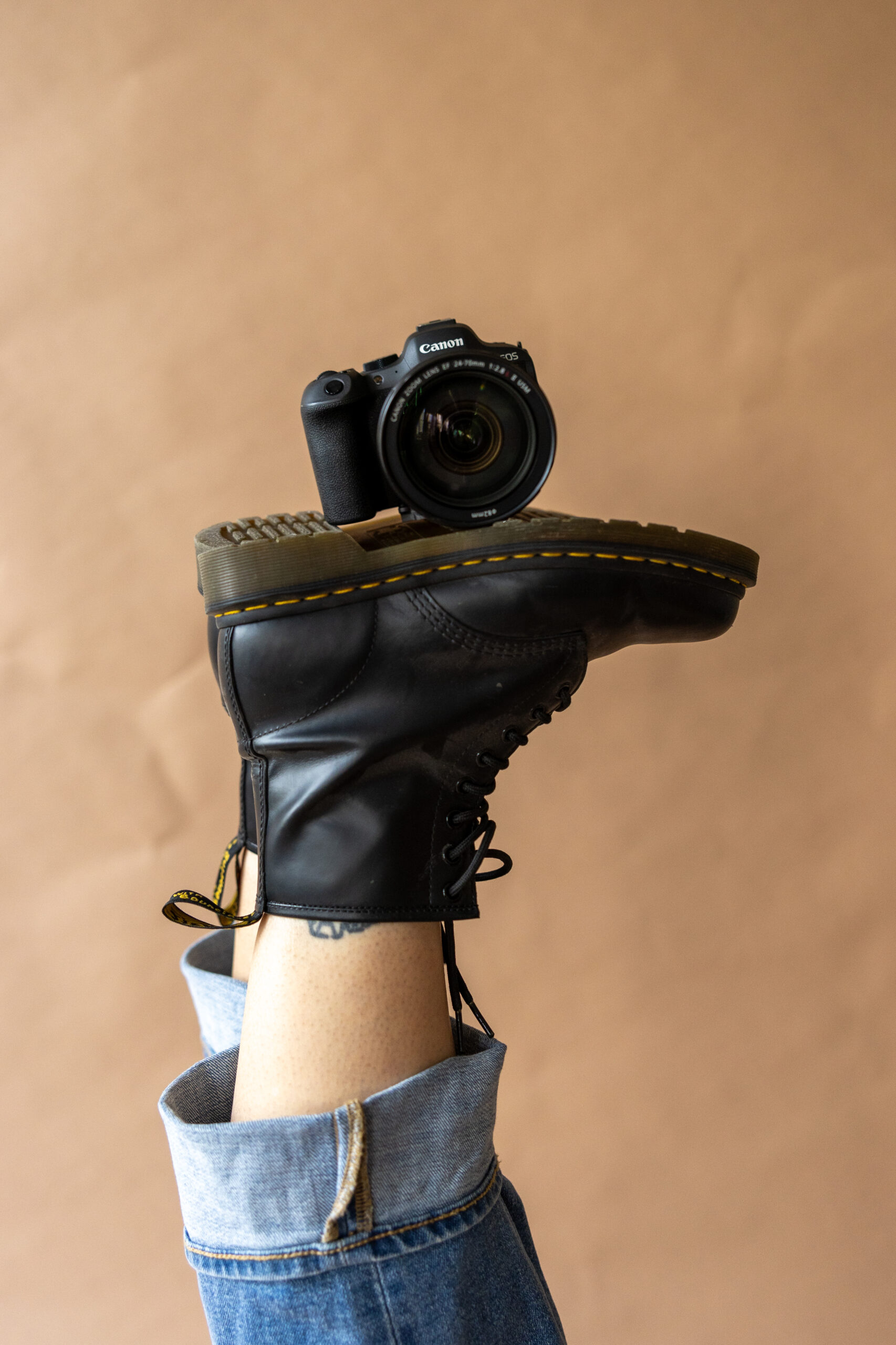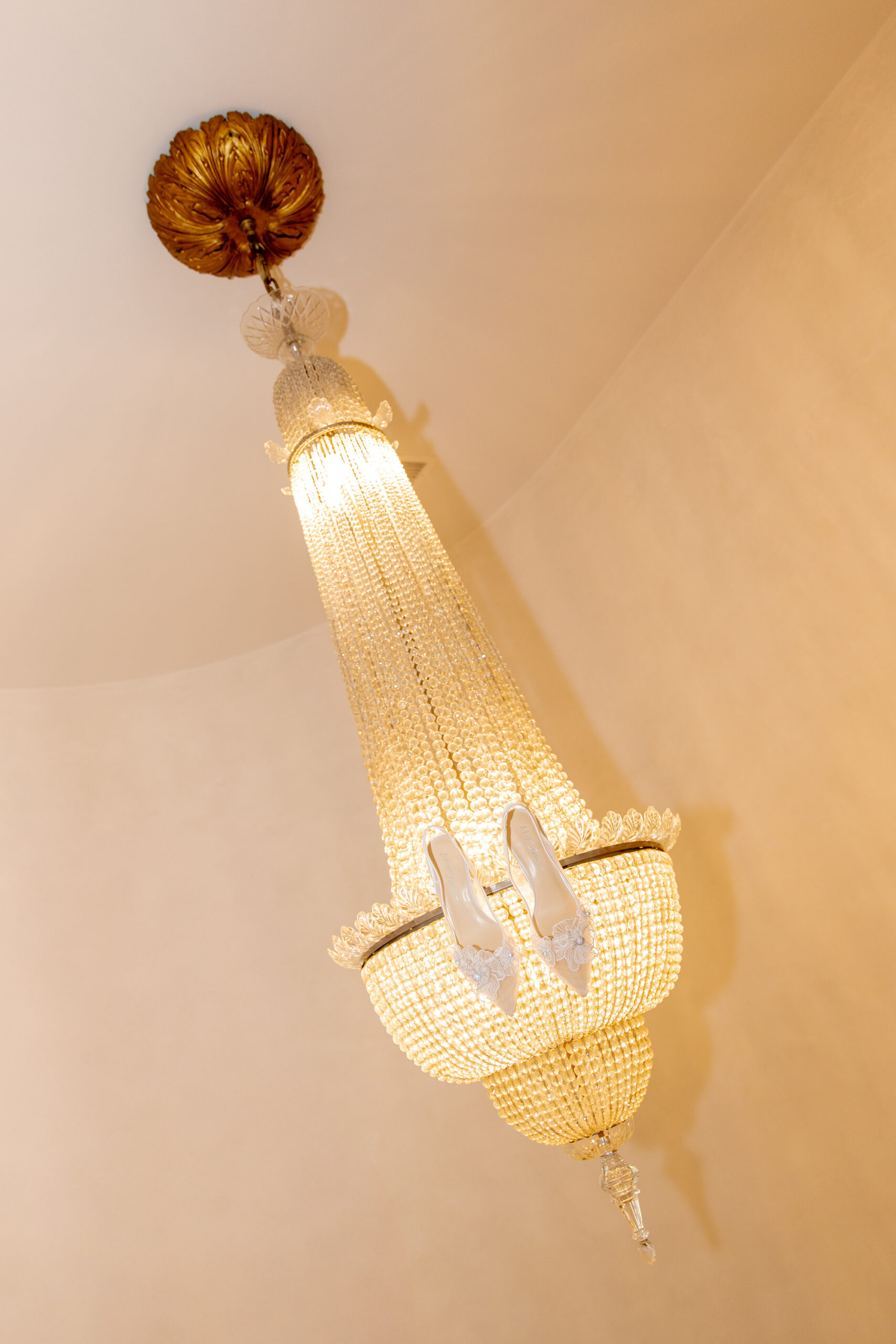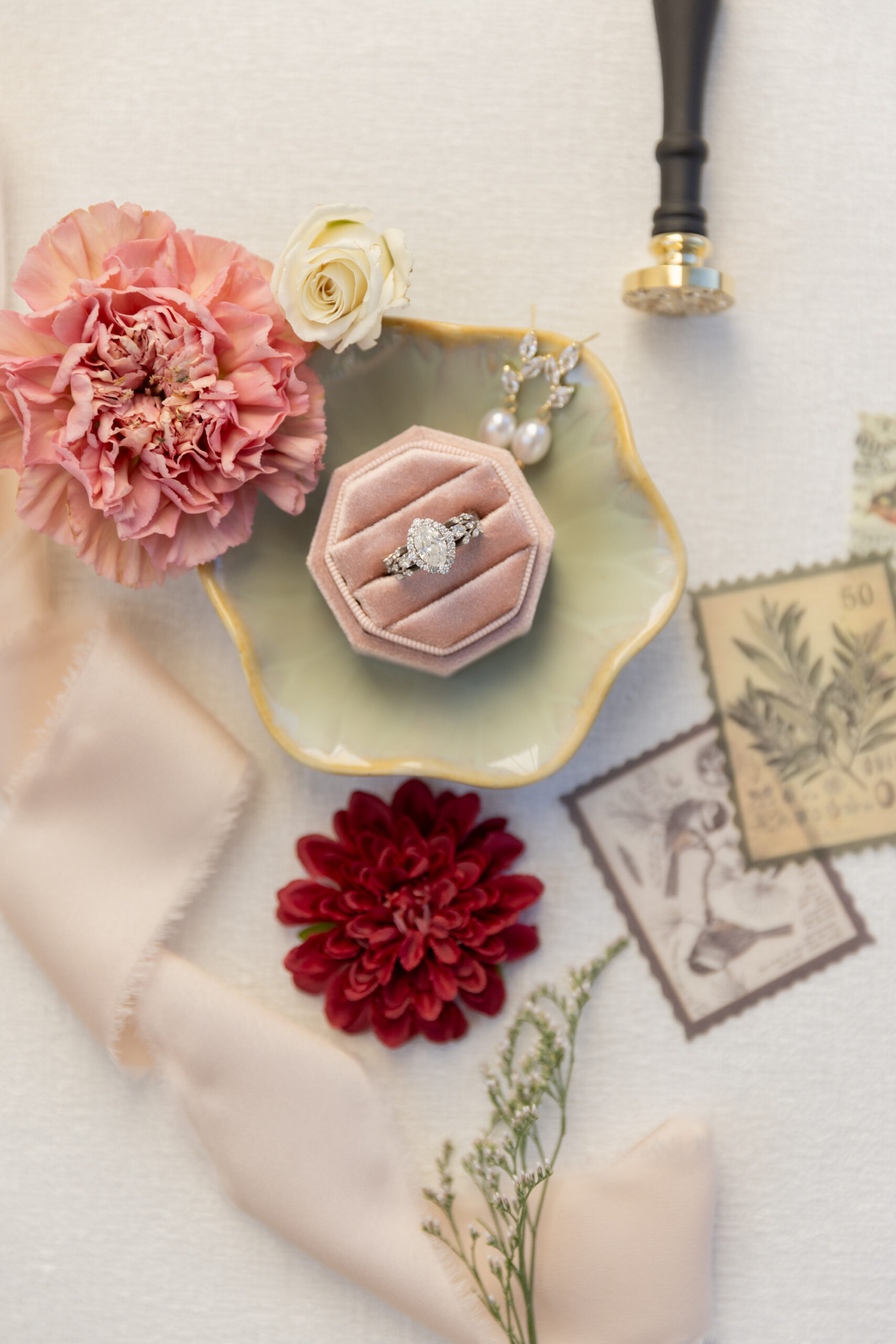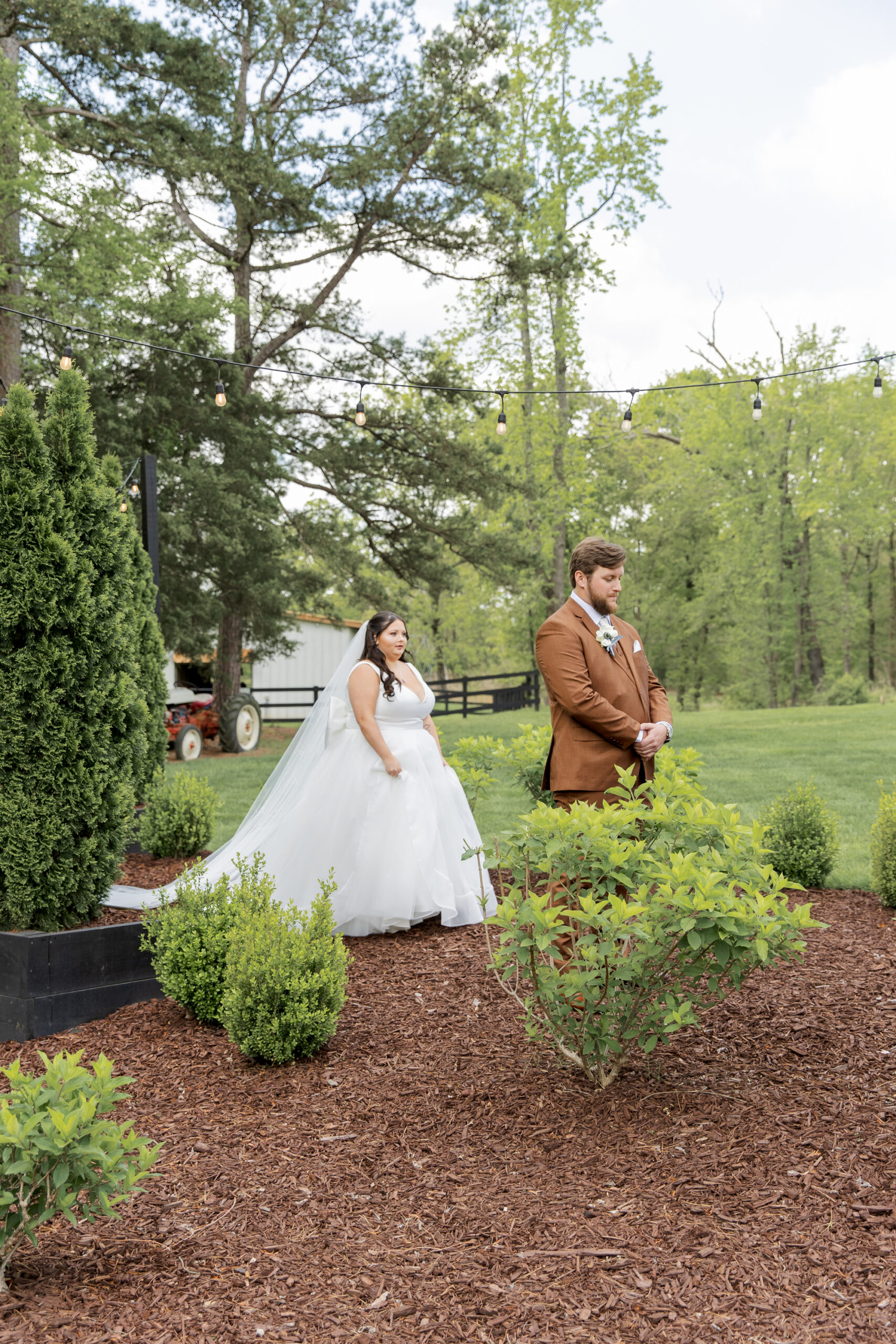If you’re new to photography, choosing gear can be overwhelming. But don’t worry—you don’t need a full arsenal of equipment to get started! Here’s a quick guide to the essential gear, with a few flexible options to match your budget and needs.
1. Camera: Start with What You Can Afford
You don’t need the fanciest camera to take great photos. Here are three solid options:
- Smartphone Camera: Modern smartphones have impressive cameras. Perfect for beginners who want to practice composition and lighting.
- Point-and-Shoot Camera: A compact, affordable option that’s easy to use but gives you more control than a phone.
- Mirrorless or DSLR Camera: These offer manual settings and interchangeable lenses. Mirrorless models are lighter, but DSLRs often come with more lens options.
Tip: Start simple and upgrade as your skills grow!
2. Lens: The Power of Flexibility
The lens is just as important as the camera. These two lenses will cover a lot of ground for beginners:
- Kit Lens (18-55mm): Versatile and usually included with a camera purchase. Ideal for a variety of shooting situations.
- Prime Lens (50mm f/1.8): Great for portraits, low-light conditions, and learning about shallow depth of field. It’s sharp and affordable.
Tip: A good lens can often make a bigger difference than an expensive camera.
3. Memory Cards: Don’t Lose Your Shots
You’ll need storage for all those photos. Here’s what works best:
- 32GB or 64GB SD Card: Plenty of space for a beginner. Go for Class 10 or UHS-I for faster performance.
- Multiple Cards: Always have a backup in case one fills up or fails.
Tip: Faster cards are especially useful if you shoot video or burst mode.
4. Tripod: For Stability
Tripods are key for certain types of photography, especially in low light or when shooting landscapes.
- Standard Tripod: Affordable and great for general use. Look for one that’s lightweight but sturdy.
- Mini Tripod or Gorillapod: Portable and perfect for setting up shots on the go, or in tricky spots.
Tip: Practice using a tripod for sharper images and creative long exposures.
5. Essential Accessories: The Little Things
A few small accessories can make a big difference:
- Camera Bag: Protects your gear and keeps things organized. Get one with enough padding.
- Lens Cleaning Kit: Includes a cloth and air blower to keep your lens dust-free.
- Extra Battery: Always carry a spare battery so you don’t run out of power during a shoot.
Tip: Don’t leave home without your cleaning kit and extra battery!
6. Editing Software: Polish Your Photos
Post-processing is an important part of photography. Here are some editing software options:
- Free Options: Snapseed and Lightroom Mobile are great starting points for basic edits on your phone.
- Paid Options: Adobe Lightroom and Capture One offer more advanced features for desktop editing.
Tip: Focus on mastering simple edits first, like exposure, contrast, and color correction.
Starting with just the essentials is the best way to build your photography skills without feeling overwhelmed. A good camera, versatile lens, and a few accessories will take you far. Remember, great photos come from creativity and practice—not from owning every piece of gear!
Cheers, Hibs



